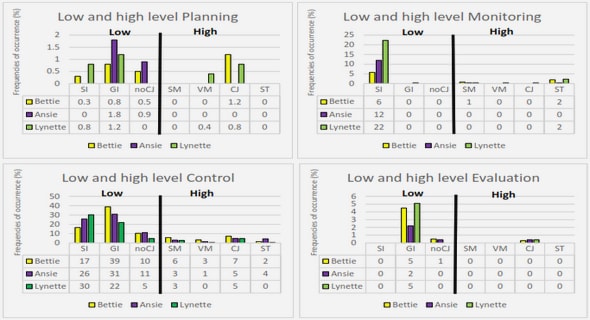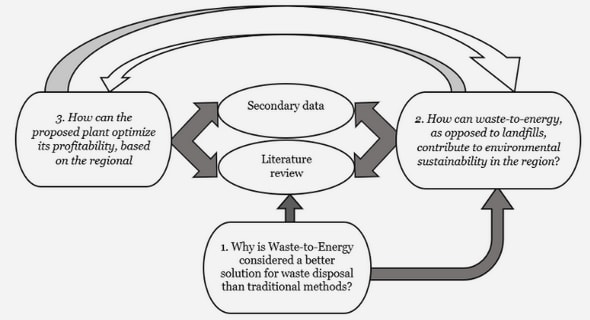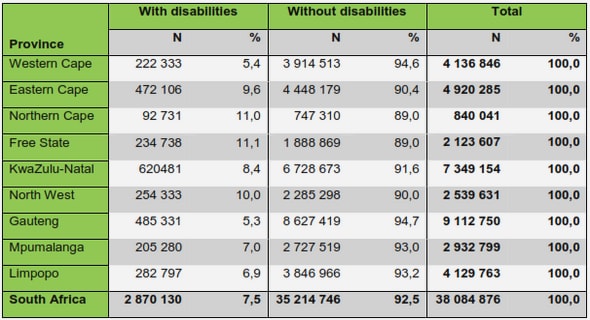Get Complete Project Material File(s) Now! »
challenges of internationaliza-tion.
Lack of information about the foreign market is an important challenge while the SMEs try to internationalize. It occurs when there is problem in identifying, se-lecting and communicating with the potential foreign markets (Katsikeas & Morgan, 1994). Our interviewees also mentioned this fact. Some of our interviewees even faced failures because they did not have enough knowledge about the foreign market. An example is the CEO of Luman Group Mr Matin. He mentioned that the wrong in-formation, provided to him by his agent, made him face failures in the early days of internationalization. The challenge, related to imperfect information, can result in improper selection or analysis of a foreign market and the identification of unfavora-ble business opportunity. In both cases there is greater possibility that firms in the long run will be vulnerable. Kedia and Chhokar (1986) referred to the lack of knowledge as a big hindrance for internationalization.
The challenges do not evolve only because of lack of information. To gain financial strength is also a challenge for the SMEs. Actually, when the SMEs do not have enough information about the new market, the possibility of failure rises. To tackle that failure strong financial strength is needed. If the strength is inadequate, then the SMEs will suffer more from every failure (Bilkey, 1975). Apart from that, when the SME has weaker financial backing, then they will have to be more calculative about all of their decisions which will give them less opportunities to look for new options in the market. The strong financial strength of the Luman Group made it successful because it had more opportunities to look for more options and it used its failure ex-periences to become successful.
As the SMEs move on by establishing a good financial strength and collect enough information about the foreign market in which it will run its operation, they will face some marketing barriers. These are similar to setting up price for the products and properly advertising them. These things may be very simple for the experienced businessmen, who have been operating their international operations for a long time but for a SME, which does not have much knowledge about a foreign market, has to deal with many difficulties. Pricing of any product is a very sophisticated and an im-portant strategy that the SMEs have to make (Keng & Jiuan, 1988). The GM of Flisby AB has given much importance to this strategy because the owner and manager thinks that the structure of the SME will rarely give them a second chance to cor-rect the mistakes.
The challenges are not limited to the above mentioned matters. According to the the-oretical framework and the empirical data, the SMEs have to face many more chal-lenges. Challenges also evolve when the SMEs have to deal with unfamiliar import-export procedures and communication gaps between them and the foreign clients. In the local market, the SMEs do not have to know all the complex systems of payment, import-export, etc. but while going international they need more knowledge that makes them understand the complexity in a foregin market. Sometimes too many documentations and formalities create a negative impression about internationaliza-tion in the mind of SME owners (Moini, 1997).
The internal challenges that the owners of the SMEs face can be tackled with a change in attitude and strategies but the external challenges could really make them suffer a lot. The bureaucratic challenge is one of them. The government policy of a country may not always be motivating of internationalization. For an example, SMEs have to follow many governmental procedures to get involved in internationalization but they are not always favorable for internationalization. Sometimes the relationship between two countries’ governments also create challenges for the SMEs. Trade bar-riers could be imposed by a government and this type of barrier affects the firms that are engaged in a business with that country. Specially in the developing or underde-veloped countries, the governmental rules and regulations are not sufficient to moti-vate the SMEs to be internationalized (Seringhaus & Rosson, 1990). Alam Shipping & Trading Agency, Luman Group and Bhai Bhai co suffered from this sort of chal-lenge during the initial stage of internationalization.
1 Introduction
1.1 Background
1.2 Problem Discussion
1.3 Purpos
1.4 Research Qustion
1.5 Delimitation
1.6 Disposition
2 Theoratical Framework
2.1 SME Internationalization
2.2 Uppsala Internationalization Model
2.3 Initial Challenges in the way of Internationalization
3 Method
3.1 Qualitative Stud
3.2 Instrument of Data Collection
3.3 Conducting Interviews
3.4 Quality Assessment
4 Empirical Study
4.1 Company Profile
4.2 Driving force of internationalization
for the Interviewees
4.3 Challenges in the way of internationalization
5 Analysis
5.1 Driving force of Internationalizatio
5.2 Challenges in the way of internationalization
5.3 The Uppsala Internationalization Model
6 Conclusion
GET THE COMPLETE PROJECT
Challenges in the initial stage of internationalization A study of Swedish and Bangladeshi SMEs


